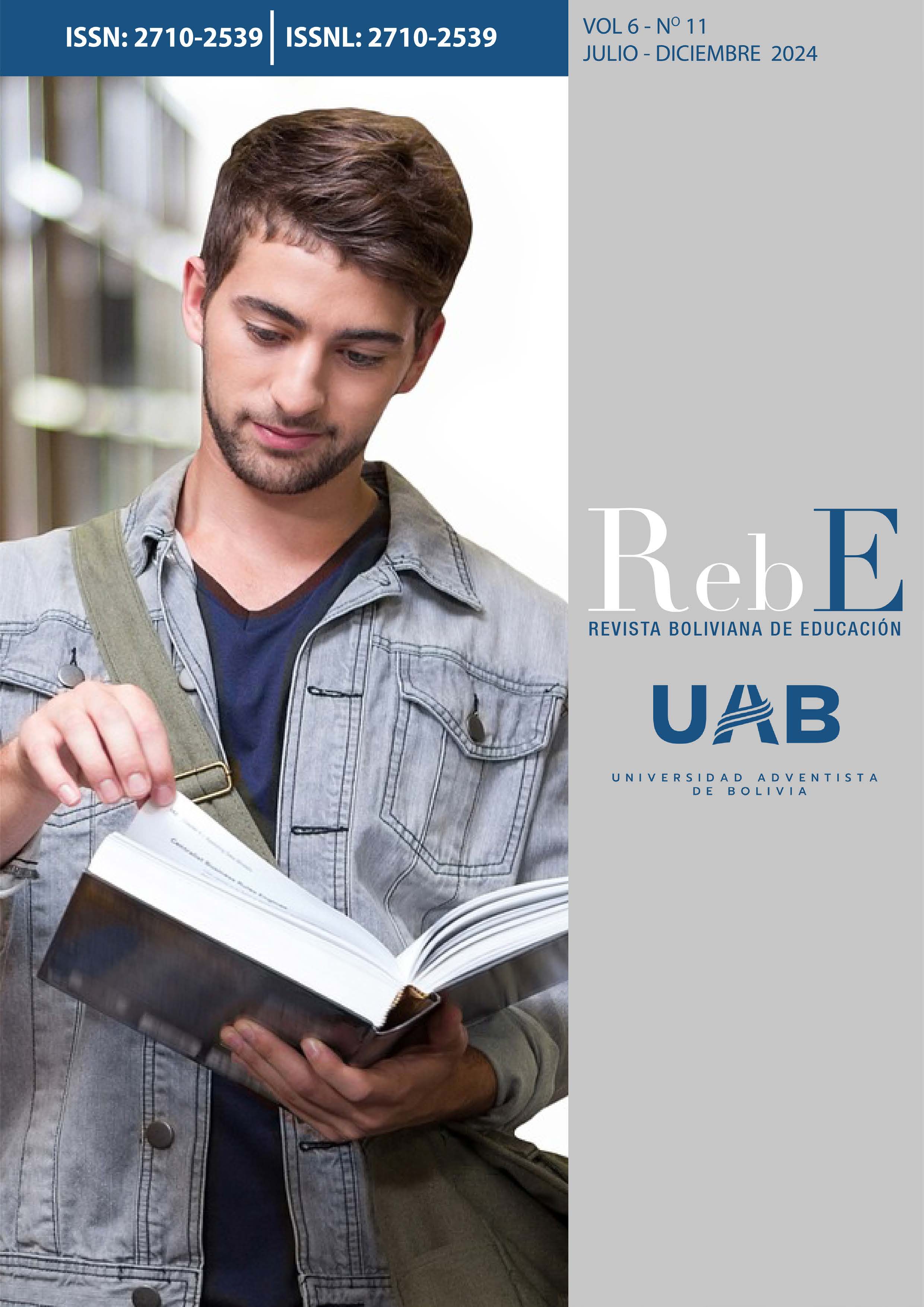Virtual environments for teaching histology: innovation in health sciences
Entornos virtuales para la enseñanza de histología: innovación en ciencias de la saludMain Article Content
Histology, as a fundamental discipline in health sciences, unravels the microscopic complexity of tissues and organs, providing the necessary basis to understand the physiological and pathological processes of the human body. In a world marked by digitalization, the integration of virtual environments in teaching emerges as a revolutionary tool. This essay explores the cutting edge of histology education, highlighting the importance of innovation through virtual environments to enhance health sciences training. By fusing the conceptual richness of histology with digital technology, an educational terrain unfolds that not only improves understanding, but redefines the way future health professionals interact with anatomical and physiological knowledge.
La histología, como disciplina fundamental en ciencias de la salud, desentraña la complejidad microscópica de los tejidos y órganos, proporcionando la base necesaria para comprender los procesos fisiológicos y patológicos del cuerpo humano. En un mundo marcado por la digitalización, la integración de entornos virtuales en la enseñanza emerge como una herramienta revolucionaria. Este ensayo explora la vanguardia de la educación en histología, destacando la importancia de la innovación mediante entornos virtuales para potenciar la formación en ciencias de la salud. Al fusionar la riqueza conceptual de la histología con la tecnología digital, se despliega un terreno educativo que no solo mejora la comprensión, sino que redefine la manera en que los futuros profesionales de la salud interactúan con el conocimiento anatómico y fisiológico.
Downloads
Article Details
Anderson, T., & Dron, J. (2011). “Three Generations of Distance Education Pedagogy.” The International Review of Research in Open and Distributed Learning, 12(3), 80-97
Bloom, B. S., Engelhart, M. D., Furst, E. J., Hill, W. H., & Krathwohl, D. R. (2008). Taxonomy of Educational Objectives: The Classification of Educational Goals, by a committee of college and university examiners. Longman
Gartner, L. P., & Hiatt, J. L. (2007). Color Textbook of Histology. Saundersb González, M., Labrador, Y., Lozada, F., Mobili, D., & Pérez, M. (2023). Simulador didáctico- interactivo de técnica histológica: Una herramienta de aprendizaje para la carrera de Histotecnología de la Universidad Arturo Michelena. Educación en Contexto, 9(17), 169-195. Recuperado de https:// educacionencontexto.net/journal/index.php/ una/article/view/202
McGrath, M. (2021). “Using Slack in Higher Education: Unpacking the Potential for Teaching and Learning.” The International Review of Research in Open and Distributed Learning, 22(1), 178-197
Ross, M. H., Pawlina, W., & Wojciech, P. (2011). Histology: A Text and Atlas: With Correlated Cell and Molecular Biology. Lippincott Williams & Wilkins
Satava, R. M., Stefanidis, D., Levy, J. S., & Way, L. W. (2009). “Problems of the Advanced Laparoscopic Surgeon: The Digital Virtual Operating Room of the Future.” Surgical Endoscopy, 23(1), 17-21
Siemens, G. (2005). “Connectivism: A Learning Theory for the Digital Age.” International Journal of Instructional Technology and Distance Learning, 2(1), 3-10
Smith, L. L., Collman, P. I., & Grudzinski, J. J. (2010). “The Impact of 3-D Virtual Reality on Learning Histology.” Anatomical Sciences Education, 3(3), 132-137

